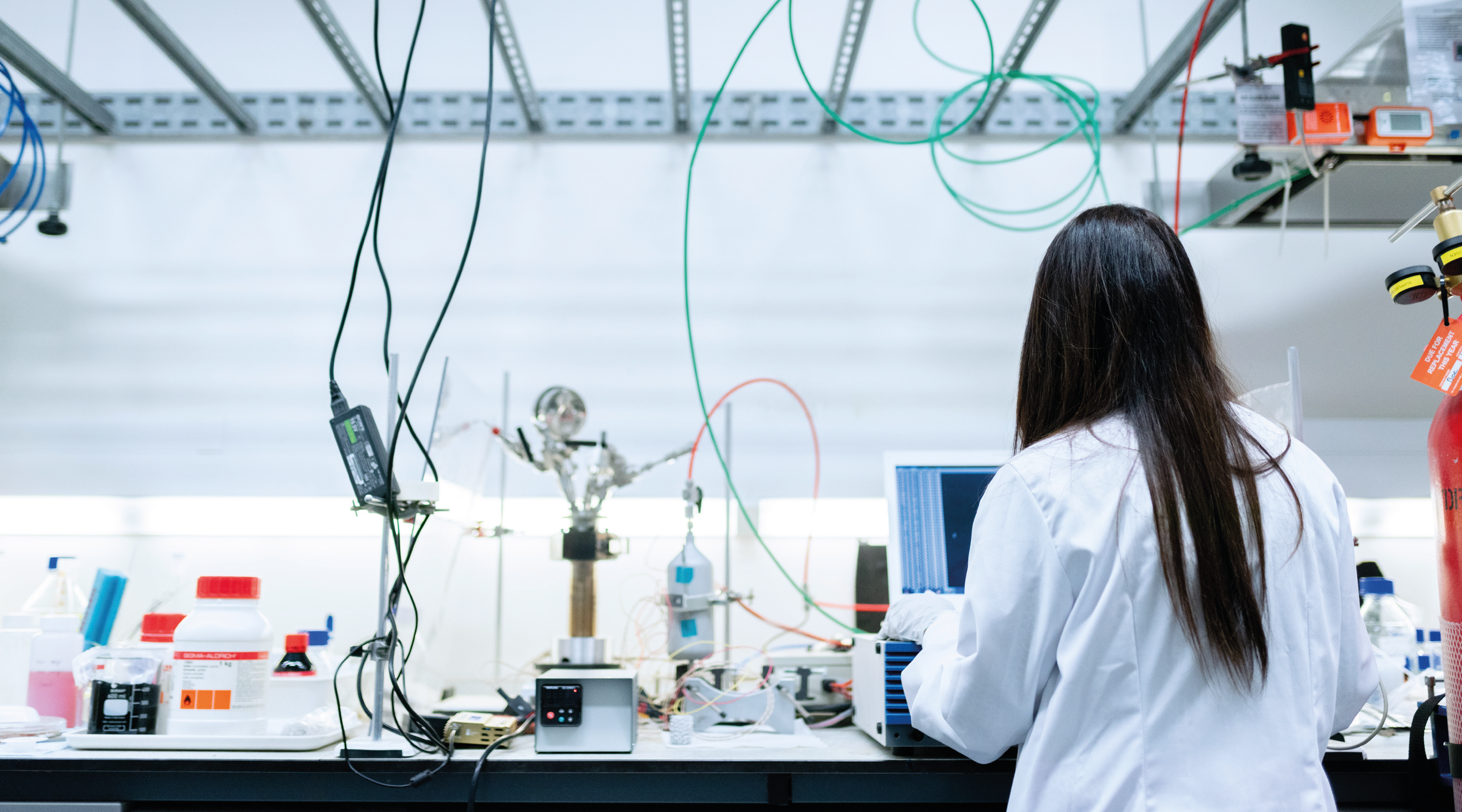As technology continues to advance, one area that has witnessed significant innovation is text-to-speech (TTS) technology. This article aims to shine a spotlight on the science behind TTS, unraveling the intricate processes and advancements that make this technology not just a tool for accessibility but a testament to the evolving landscape of artificial intelligence, natural language processing, and human-computer interaction.
I. Evolution of Text-to-Speech Technology:
Before delving into the science behind contemporary TTS, it's essential to trace its evolution. This section provides a historical perspective, exploring the rudimentary beginnings of TTS and highlighting the milestones that have paved the way for the sophisticated systems we have today. The journey from basic speech synthesis to lifelike, natural-sounding voices sets the stage for understanding the current state of TTS technology.
II. The Building Blocks: Speech Synthesis Models:
At the core of TTS technology lie complex speech synthesis models. This section delves into the fundamental building blocks, exploring different types of synthesis models, such as concatenative synthesis, formant synthesis, and the more recent advances in statistical parametric synthesis and neural network-based synthesis. Understanding these models is crucial for grasping the science behind generating realistic and expressive speech.
III. Natural Language Processing (NLP) and Linguistic Understanding:
The science behind TTS extends beyond mere speech synthesis; it involves a deep understanding of natural language. This section explores the role of natural language processing (NLP) and linguistic analysis in TTS technology. From parsing sentences to capturing semantic nuances, advancements in linguistic understanding contribute to the creation of more contextually aware and expressive synthetic voices.
IV. Neural Networks and Machine Learning:
In recent years, the integration of neural networks and machine learning has revolutionized TTS technology. This section provides an in-depth exploration of how neural networks, particularly deep learning architectures like recurrent neural networks (RNNs) and transformer models, have enhanced the ability of TTS systems to learn complex patterns in speech and generate more natural-sounding voices.
V. Voice Cloning and Personalization:
An exciting facet of TTS science is voice cloning and personalization. This section delves into the methods used to capture and replicate individual voices, allowing for personalized TTS experiences. From the collection of voice data to the training of models for voice cloning, the science behind this innovation offers users the ability to have synthetic voices that closely resemble their own.
VI. Prosody and Emotional Expression:
One of the challenges in TTS has been replicating prosody—the rhythm, intonation, and stress patterns in speech that convey emotion and meaning. This section explores the science behind incorporating prosody into synthetic voices, highlighting the role of intonation models, pitch modulation, and expressive speech synthesis in creating TTS systems that can convey a wide range of emotions.
VII. Overcoming Challenges: Addressing Robustness and Bias:
While TTS technology has made significant strides, challenges remain. This section examines the science behind addressing issues of robustness, ensuring that TTS systems can handle diverse linguistic inputs and contexts. Additionally, it explores the efforts to mitigate biases in TTS models, emphasizing the importance of ethical considerations in the development and deployment of these technologies.
VIII. Interactive TTS: Bridging the Gap Between Humans and Machines:
Innovations in TTS are not limited to passive speech generation; interactive TTS aims to create dynamic and responsive conversational agents. This section explores the science behind interactive TTS, discussing the integration of dialog systems, context-aware responses, and advancements in conversational AI that bring us closer to a future where human-machine interactions are seamless and natural.
IX. Multilingual TTS: A Global Perspective:
The science behind TTS is adapting to the diverse linguistic landscape of our interconnected world. This section explores the challenges and innovations in creating multilingual TTS systems. From language-specific models to cross-lingual transfer learning, advancements in this area aim to break down language barriers and make TTS accessible to a global audience.
X. Future Horizons: Emerging Trends in TTS Science:
Looking ahead, this section explores the emerging trends and future horizons in TTS science. From advancements in voice synthesis for virtual and augmented reality applications to the integration of TTS with other modalities like facial expressions, the article envisions the next frontiers in TTS technology.
Conclusion:
In concluding this exploration of the science behind text-to-speech technology, it becomes evident that TTS is more than just a tool for converting text into speech—it's a sophisticated interplay of linguistics, artificial intelligence, and machine learning. The ongoing innovations in TTS science are propelling us toward a future where synthetic voices are indistinguishable from human ones, where language barriers are dissolved, and where the interactive capabilities of TTS redefine the way we communicate with machines. As we continue to unravel the intricacies of TTS science, the spotlight on innovation becomes a beacon guiding us toward a more inclusive, expressive, and technologically enriched future.

- by Jack Brown
Innovation Spotlight: The Science Behind Our Text-to-Speech Technology
- by Jack Brown

Share:
Navigating the Digital World: Accessibility Tips for Websites and Apps
Customer Success Stories: Real-life Transformations with Text-to-Speech Devices